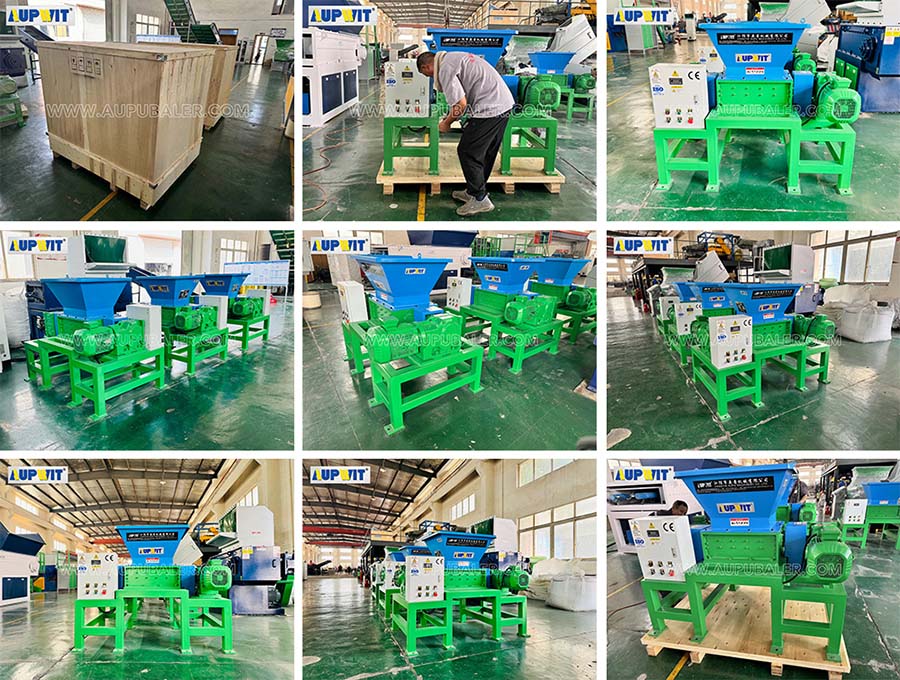Select high-efficiency motors and reducers, and match the power according to the actual working conditions of the equipment. High-efficiency motors have higher energy conversion efficiency. Reasonable selection of reducers can ensure that the motor runs in the high-efficiency speed range and improve the overall energy efficiency.
2. Improve blade design
The blade design has a significant impact on energy consumption. Optimize the shape, size and arrangement of the blades to make them more suitable for the characteristics of the materials to be shredded, improve the shredding efficiency and reduce the energy consumption per unit material. If a blade with a reasonable tooth shape and angle is used, the material can be cut more efficiently and the resistance during the shredding process can be reduced.
3. Strengthen the control system
The advanced control system can monitor and control the operation status of the equipment in real time. When the feed volume is too large or the load is too high, the control system automatically adjusts the motor speed or feed speed to prevent overload operation and reduce energy consumption. At the same time, the control system can also realize the intelligent start and stop of the equipment to avoid idling energy consumption of the equipment.
4. Reduce mechanical friction
Regularly maintain and lubricate the mechanical parts of the Four shaft shredder to reduce friction between parts. Smooth mechanical transmission can reduce energy loss and improve energy utilization.
5/Optimize the feeding process
Ensure that the feeding process is stable and uniform. Uneven feeding may cause the equipment to overload or inefficiently operate, increasing energy consumption. Use reasonable feeding devices, such as conveyor belts with speed regulation functions, to control the feeding speed and quantity, so that the equipment can work under stable conditions








